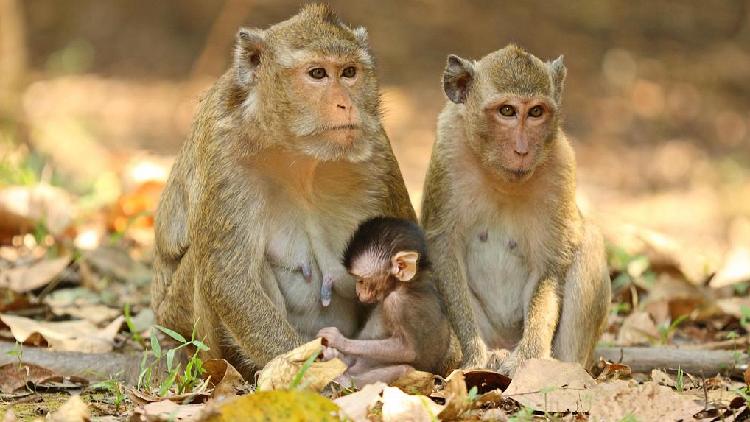Chinese Scientists Uncover Metabolic Alterations During Primate Pregnancy
Chinese researchers disclose alterations in metabolic processes during primate gestation.

Research conducted by Chinese scientists has elucidated the metabolic changes experienced by primates during pregnancy, a discovery that promises to enhance the understanding of disease mechanisms that can develop during this time.
The lead author of the study, Huang Shiqiang from the Institute of Zoology of the Chinese Academy of Sciences, stated that pregnancy causes considerable metabolic adjustments in females. However, the intricacies of this reprogramming process have not previously been discerned, particularly in the context of primates.
According to Huang, it's fundamental to understand the features and mechanisms of these adaptive changes, as this knowledge could help in preventing associated diseases.
The focus of the study was the adaptation of diverse tissues and organs in primate mothers during pregnancy. Cynomolgus monkeys, also known as crab-eating macaques, were selected for the study as their physiology, reproductive traits, and pregnancy cycles closely mirror those of humans, making them highly suitable animal models for this type of research.
Researchers used cynomolgus monkeys to create a comprehensive multi-tissue metabolome atlas. The analysis involved 273 samples taken from 23 maternal tissues at different stages of pregnancy.
The analysis showed that during pregnancy, the monkeys undergo significant metabolic alterations and challenges, resulting in metabolic reprogramming across various tissues and organs.
Wang Hongmei, also from the Institute of Zoology and a co-author of the study, confirmed that the results shed light on how female primates cope with metabolic challenges during pregnancy. This enhances our knowledge of their adaptive changes and the regulatory mechanisms of vital tissues and organs during primate pregnancy.
The study was recently published in the scientific journal, Cell.
Alejandro Jose Martinez for TROIB News
Discover more Science and Technology news updates in TROIB Sci-Tech












